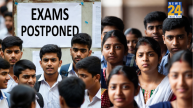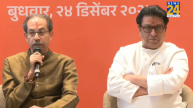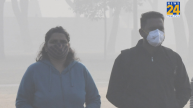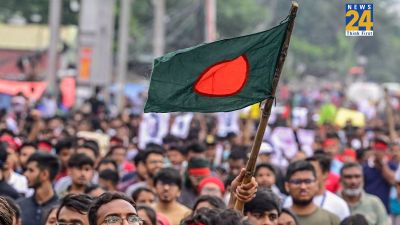Baba Siddique, a former Maharashtra minister and member of the Ajit Pawar faction of the Nationalist Congress Party (NCP), had his security elevated to ‘Y’ category following credible threats to his life. This increase in protection occurred just 15 days prior to his tragic murder on Saturday night in Mumbai. Siddique was shot near Nirmal Nagar in Bandra and later succumbed to his injuries at Lilavati Hospital.
Outcry From Opposition Parties
The assassination has ignited a wave of outrage among opposition leaders, particularly from the Congress party, who have demanded the resignation of Chief Minister Eknath Shinde, Deputy Chief Ministers Devendra Fadnavis and Ajit Pawar. They have questioned the effectiveness of the government’s security apparatus, asking how it can protect the general populace if it failed to safeguard a political leader who was under ‘Y’ category security. This incident has amplified concerns over public safety and governance in Maharashtra.
Decoding ‘Y’ Category Security
The ‘Y’ category security level is one of several protective measures available in India, determined by an individual’s perceived threat level. Security arrangements are based on assessments conducted by intelligence agencies, ensuring that individuals at risk receive appropriate protection.
Breakdown Of Security Levels
According to the Bureau of Police Research and Development under the Union Home Ministry, security categories in India are organized from lowest to highest as follows: X, Y, Y-plus, Z, Z-plus, and the Special Protection Group (SPG).
Special Protection Group (SPG)
The SPG is a specialized security unit responsible for the safety of the Prime Minister and their immediate family. Established in 1985 in response to the assassination of Indira Gandhi, the SPG comprises around 3,000 trained personnel, adept at countering various threats. Initially, the SPG also protected former Prime Ministers and their families, but a 2019 amendment restricted its coverage to the incumbent Prime Minister and their close relatives.
Z-Plus And Z-Category Security
Individuals facing significant threats are granted Z-plus security, which involves at least 55 personnel, including CRPF commandos and, when necessary, National Security Guard (NSG) commandos. Z-plus protection also includes a bulletproof vehicle and shifts of escort security.
The Z-category, slightly less comprehensive than Z-plus, provides a security detail of 22 personnel, combining commandos and police officers. This level of security requires private funding and has been assigned to prominent figures like Baba Ramdev and actor Aamir Khan.
Y-Plus And Y-Category Security
Y-plus security encompasses 11 personnel, including two Personal Security Officers (PSOs) and armed police. This category is typically assigned to individuals deemed at moderate risk. Noteworthy figures such as Bollywood star Kangana Ranaut have received Y-plus security. In contrast, Y category protection consists of eight personnel, which may include one or two commandos, catering to those at significant risk.
X Category Security
The X category offers the least protection, comprising just two armed police personnel and no commandos. It is generally allocated to individuals considered to be at minimal risk.
A Need For Stronger Security Measures
The shocking murder of Baba Siddique has underscored the critical necessity for improved security measures for political leaders and the general public alike. As calls for accountability grow, the government must re-evaluate its strategies to ensure comprehensive safety for all, especially those in public service. Siddique’s death serves as a solemn reminder of the challenges faced by political figures in an increasingly volatile environment.













